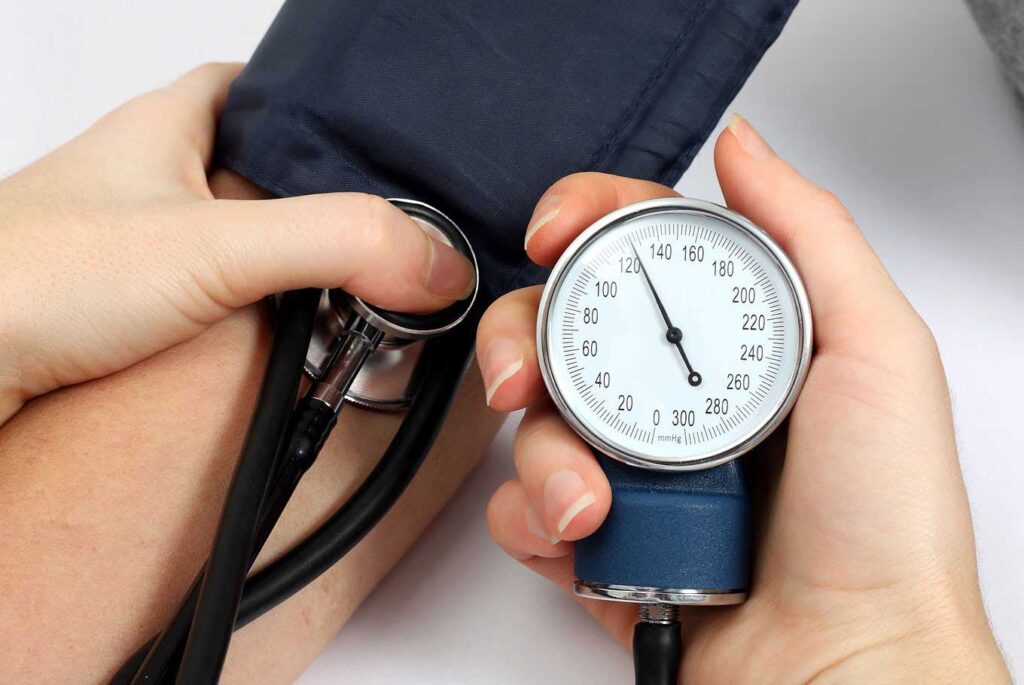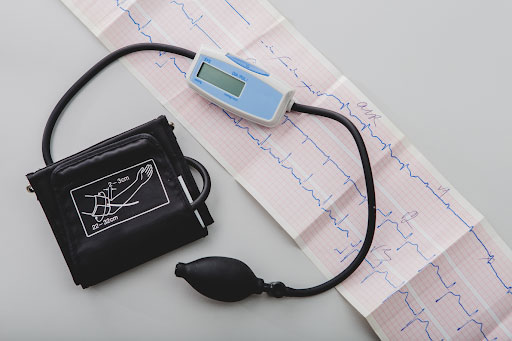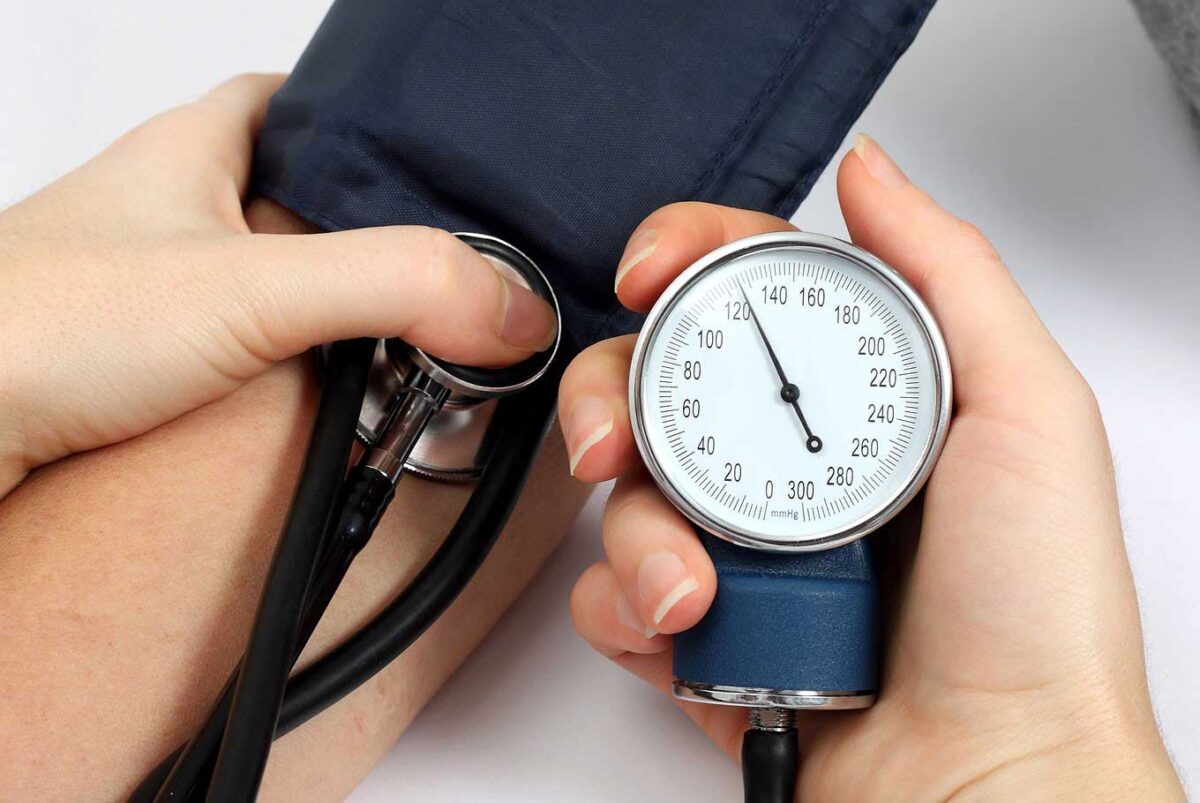Blood pressing against your artery walls creates blood pressure. When you have high blood pressure (HBP), commonly referred to as hypertension, your arteries are under more pressure than they should. Without any warning signs or symptoms, hypertension can build over a long period of time, harming your general health in the process. Thus earning the term “silent killer” for this illness. There are two types of hypertension: primary (with no known aetiology) and secondary.
Your heart and blood vessels work harder when you have high blood pressure. This workload causes your arterial walls to deteriorate over time. LDL (bad) cholesterol then develops plaque along these weakened walls. Atherosclerosis is a condition marked by the accumulation of plaque.

If you’re looking for a list of symptoms and signs of high blood pressure (HBP or high blood pressure), you will not find them because most of the time there isn’t one.
Mythology
Nervousness, sweating, sleeplessness, and flushing are among the symptoms of high blood pressure.
Truth
A “silent killer,” high blood pressure shows practically no symptoms. If you ignore your blood pressure because you think certain symptoms and signs will warn you of a problem, you are putting your life at risk.
AHA recommendations
Don’t try to diagnose yourself. A clinical diagnosis should only be made by a medical professional.
Know your blood pressure readings and make important changes to protect your health.
High blood pressure does not usually cause headaches or nosebleeds:
Except for a hypertensive crisis, a medical emergency when blood pressure is 180/120 mm Hg or higher, the best data suggests that high blood pressure does not produce headaches or nosebleeds. If you have a nosebleed and feel unwell, wait 5 minutes and test again. If the reading is 180/120 mm Hg or higher, call Texas Specialty Clinic immediately by dialling 469-225-0666.
Other related symptoms
A variety of symptoms can be indirectly related to high blood pressure, but high blood pressure is not always the cause, including:
Bloodstain in the eye
Blood spots in the eyes (subconjunctival haemorrhages) are common in people with diabetes and high blood pressure, but neither condition causes blood spots. Eye floaters also have nothing to do with high blood pressure. However, an optometrist (ophthalmologist) may be able to detect optic nerve damage from untreated high blood pressure.

Flushing on the face
Hot flushes are caused by dilated blood vessels in the face. It can occur unexpectedly or in response to certain triggers such as sun exposure, cold, spicy food, wind, hot drinks, skin care products, etc. It can also be caused by hot water, alcohol consumption, and exercise, all of which can temporarily increase blood pressure. is not the cause of flushing.
Dizzy feeling
Dizziness can be a side effect of some blood pressure medications but is not caused by high blood pressure. However, dizziness should not be ignored. Especially if it happens suddenly. The warning indications of a stroke include sudden dizziness, loss of balance or coordination, and trouble walking. A major stroke risk factor is high blood pressure.

